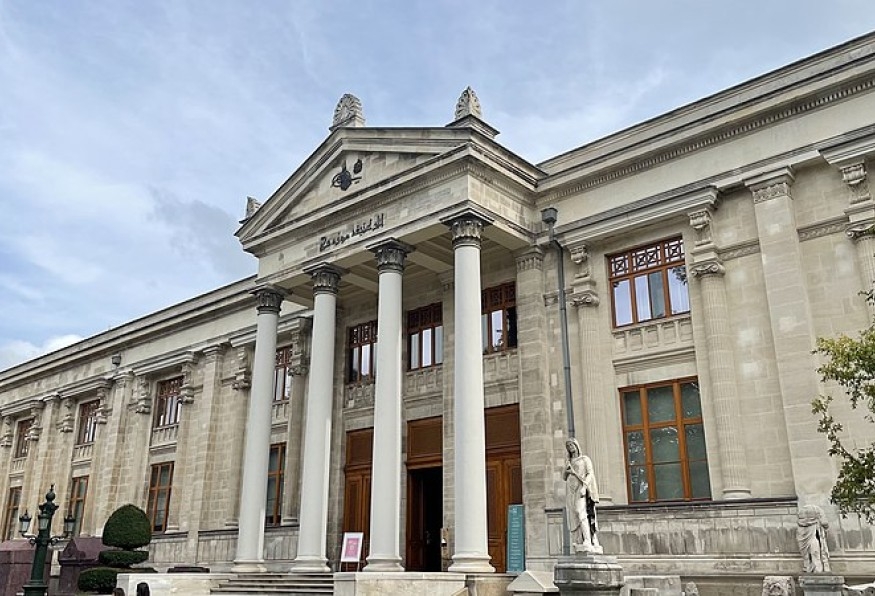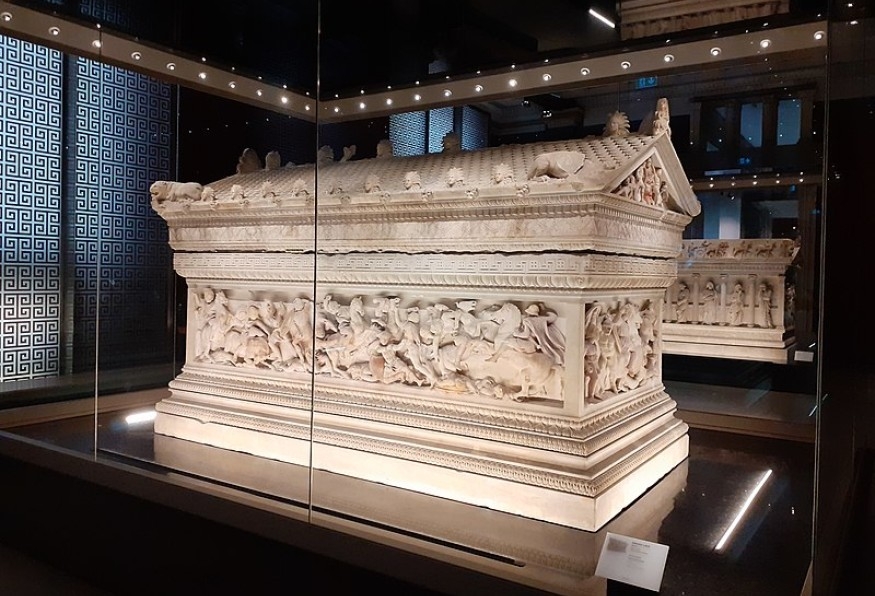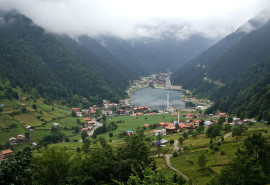Istanbul Archaeology Museum
museumThe Ottomans began collecting artifacts with Mehmet the Conqueror, but it was not institutionalized until 1869; until then, the empire kept the collection in the Hagia Irene Church.When the church became too small, the collection was relocated to the Tiled Kiosk before being transferred to its permanent home at the Istanbul Archaeological Museums.It was first known as the Muze-i Humayun (Imperial Museum), but in 1881 Osman Hamdi Bey was appointed as its manager, and his excavations in Mount Nemrud, Myrina, Kyme, Alolia Necropolises, Lagina Hekate Temple, and Sidon had a transformative effect on Turkish museology.
Today, in the museum's rich collection, the sarcophagi of Alexander the Great, Crying Women, and Phoenician King Tabnit, the stele of Akkadian King Naram Sin, the Kadesh Peace Treaty, and the Ishtar Gate of Babylon can be seen. Plus, the Assos Exhibition Hall and Istanbul Neighbor Culture Exhibitions are promising a great time interwoven with history.
The Archaeological Museum is both a rare building in the world that was built as a museum in the first place and an exceptional example of Istanbul's Neo-Classical architectural style.



-thumb.jpg)

